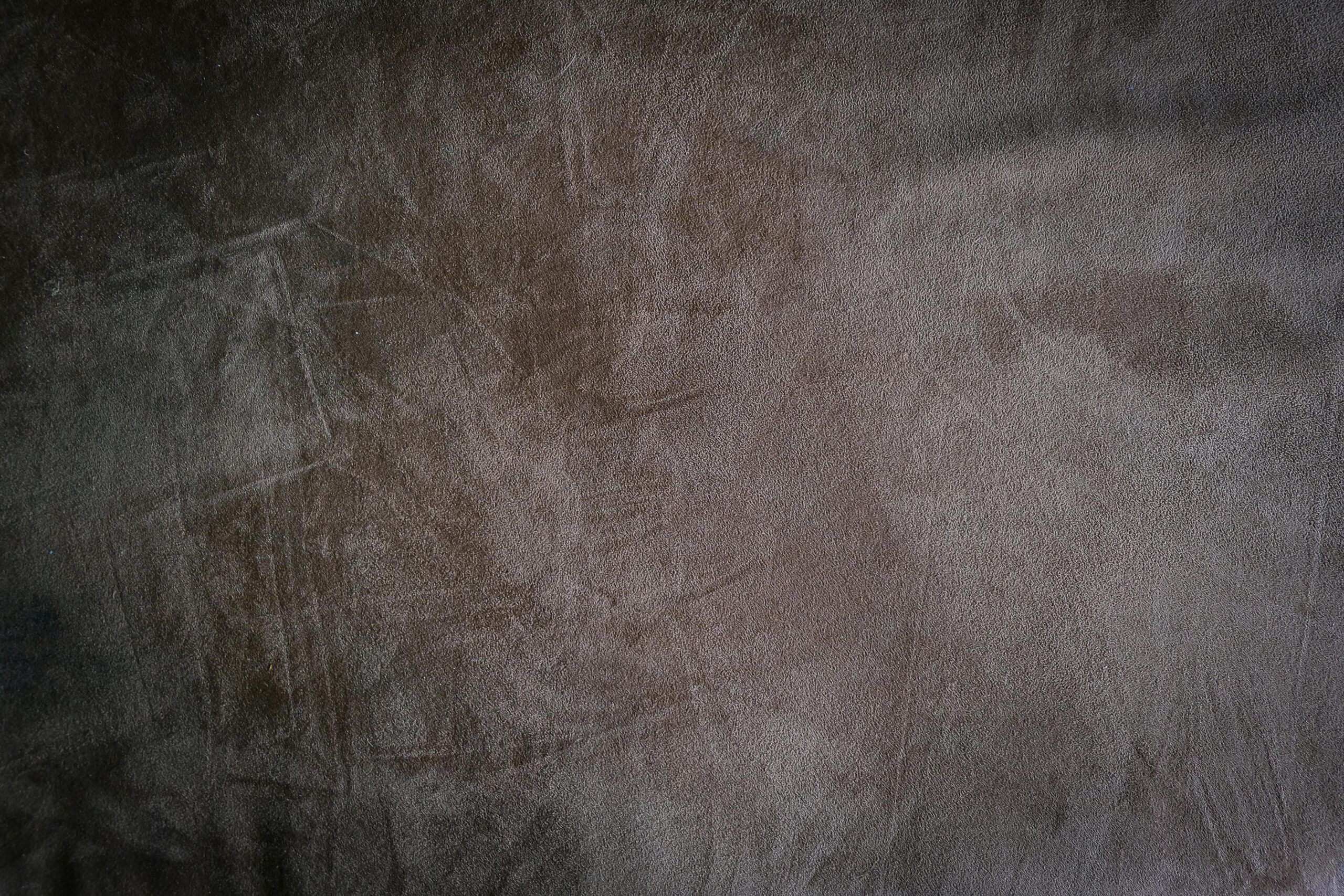Touch has always been the forgotten sense in interior design. While we obsess over visual aesthetics and carefully curate soundscapes, the tactile dimension of our spaces remains largely unexplored territory. Yet your fingertips house more nerve endings than any other part of your body, and emerging research reveals that tactile experiences directly influence stress hormones, cognitive function, and emotional well-being. In 2025, a revolution is quietly unfolding in luxury interiors: haptic technology that responds to your touch while simultaneously delivering therapeutic benefits through carefully engineered textures, temperatures, and vibrations.
Haptic luxury represents the convergence of neuroscience, materials engineering, and wellness technology, creating environments that don’t just look beautiful but actively heal through touch. This isn’t about adding gadgets to your space—it’s about fundamentally reimagining how surfaces, furniture, and architectural elements can become responsive partners in your daily wellness routine.

This Photo was taken by Magda Ehlers.
The science behind tactile wellness transformation
Your skin is your body’s largest organ, containing over 2.5 million nerve endings that communicate directly with your limbic system—the brain’s emotional control center. Recent neuroscientific research from Stanford University demonstrates that specific tactile stimulations can reduce cortisol levels by up to 31% within fifteen minutes of contact.
Haptic luxury leverages this biological response through precisely calibrated surface technologies. Smart materials embedded with piezoelectric sensors detect pressure, temperature, and movement intensity, then respond with therapeutic vibrations ranging from 10-100 Hz frequencies. These micro-vibrations stimulate mechanoreceptors in your skin, triggering the release of oxytocin and endorphins while simultaneously reducing inflammatory responses.
The technology operates on three primary levels: passive haptic feedback that responds to natural touch patterns, active therapeutic delivery through programmed sensation sequences, and adaptive learning systems that customize responses based on individual biometric data. This creates a personalized tactile environment that evolves with your wellness needs.
| Haptic Frequency | Therapeutic Effect | Recommended Duration | Ideal Applications |
|---|---|---|---|
| 10-30 Hz | Deep relaxation, sleep preparation | 15-20 minutes | Bedroom surfaces, meditation areas |
| 30-60 Hz | Stress reduction, mental clarity | 10-15 minutes | Workspace elements, reading nooks |
| 60-100 Hz | Energy enhancement, focus improvement | 5-10 minutes | Exercise spaces, morning routines |

This Photo was taken by Engin Akyurt.
Revolutionary materials reshaping luxury surfaces
The foundation of haptic luxury lies in breakthrough materials that blur the line between technology and nature. Programmable matter—materials that can change their physical properties on command—now allows designers to create surfaces that shift texture, temperature, and firmness based on user interaction or environmental conditions.
Shape-memory polymers integrated into wall panels can transform from smooth to textured within seconds, providing therapeutic ridges and valleys that stimulate acupressure points as you lean against them. These materials maintain their luxury aesthetic while hiding sophisticated sensor arrays that monitor touch pressure and duration.
Thermochromic fibers woven into upholstery fabrics change color and temperature in response to body heat, creating visual feedback loops that enhance the tactile experience. When combined with molecular-level air purification systems, these smart textiles can release aromatherapeutic compounds through touch activation, creating multi-sensory wellness experiences.
Piezoelectric ceramics embedded in flooring systems generate subtle electrical currents from footstep pressure, storing energy while providing gentle stimulation to pressure points on your feet. This technology transforms every step into a micro-massage session, improving circulation and reducing fatigue from prolonged standing.

This Photo was taken by Luana Lloyd.
Adaptive furniture systems with therapeutic touch
Haptic luxury furniture represents a paradigm shift from static objects to responsive wellness partners. Chairs equipped with memory foam that contains embedded actuators can provide targeted massage therapy while you work, using AI algorithms to identify tension patterns in your posture and deliver precise pressure relief.
Dining tables with integrated haptic surfaces create unique social experiences through synchronized vibration patterns that can be felt by all seated guests. These shared tactile moments enhance emotional bonding and create memorable dining experiences that engage multiple senses simultaneously.
Sleep systems featuring haptic mattresses synchronize with your circadian rhythms, providing gentle massage sequences that promote deeper sleep phases. The technology monitors breathing patterns and heart rate variability, adjusting tactile stimulation to optimize sleep quality without conscious awareness.

This Photo was taken by Photo By: Kaboompics.com.
Integrating biometric feedback loops for personalized wellness
The most advanced haptic luxury systems incorporate real-time biometric monitoring to create truly personalized therapeutic experiences. Wearable sensors communicate with environmental surfaces to deliver customized tactile treatments based on your current physiological state.
Heart rate variability sensors integrated into furniture detect stress levels and automatically adjust haptic feedback intensity. During high-stress periods, surfaces provide calming low-frequency vibrations, while during low-energy states, they deliver energizing higher-frequency patterns.
This integration extends to coordination with other advanced interior technologies. Psycho-adaptive luxury systems work in harmony with haptic technologies, creating comprehensive wellness environments that respond to both emotional and physical needs simultaneously.
Machine learning algorithms analyze touch patterns, pressure preferences, and physiological responses to continuously refine therapeutic delivery. Over time, your environment develops an intimate understanding of your wellness needs, providing increasingly effective tactile treatments without requiring conscious input.

This Photo was taken by Photo By: Kaboompics.com.
Climate integration and atmospheric haptics
Haptic luxury systems integrate seamlessly with climate control technologies to create comprehensive sensory environments. Touch-responsive surfaces can trigger micro-climate adjustments, cooling or warming specific zones based on user interaction patterns.
This integration with
Post navigation
